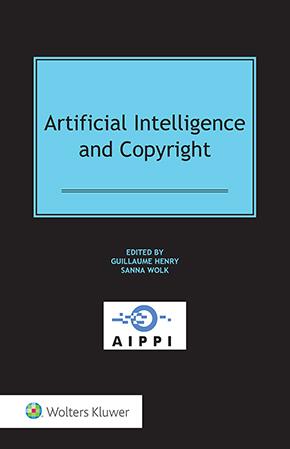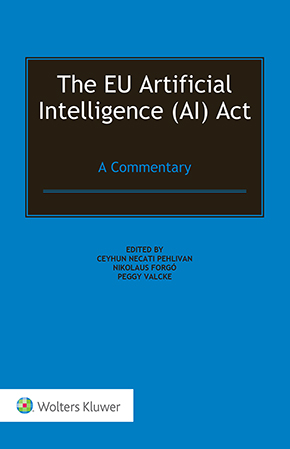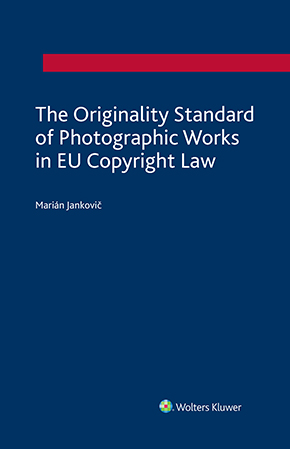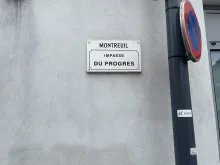A radiant heart for Madrid
December 17, 2018


On their part, the Bartolomé Alvarado brothers are the owners of a Spanish composite trademark, made up of a heart that is practically identical to that described above, next to the word “Madrid”. The sign is registered for a wide variety of goods (toys, stationery, magnets, textiles, etc.), these being marketed by both brothers and sold in various shops in the Spanish capital.
In 2015, The Keith Haring Foundation, the owner of all the rights in Haring’s artistic legacy, instituted proceedings against the Bartolomé Alvarado brothers for infringement of intellectual property rights. The defendants argued that there was no artistic work as such because although the heart is an element present in some of Haring’s works, thus shaping his artistic style, they lack the individuality and singularity to be considered intellectual works in isolation and separately from the rest of the elements making up the artistic sets of the author.
On 21 March 2016, Mercantile Court No. 5 in Madrid issued a ruling finding infringement of intellectual property rights in the work of Haring, and consequently cancelling the Spanish trademark registration and ordering the defendants to cease marketing the goods and make a payment of 20,000 euros for moral damages.
The defendants filed an appeal with the Madrid Court of Appeal, which issued its ruling on 23 November 2018.
The Court of Appeal also rejected the defendants’ argument, concluding that the Radiant Heart is an element that, in itself, already has sufficient singularity and creativity to be deemed an original work: “the figure of the cited radiant heart, as presented, regarding its shape, colour and outline, constitutes a particularly characteristic and relevant element of the “Radiant Heart” work of art, due to its location and size in the visual set. Furthermore, this is not solely applicable to this work by KEITH HARING, but its use appears with the same morphology in other untitled works by this author.”Consequently, the judgment given in first instance was fully confirmed.
This judgment of the Court of Appeal is paradigmatic within the scope of visual arts, allowing for some relevant lessons to be learned. In particular, that the different elements of an artistic composition can be considered intellectual works in themselves and isolated from the rest of the composition as long as they are sufficiently singular and relevant within the set as a whole.










